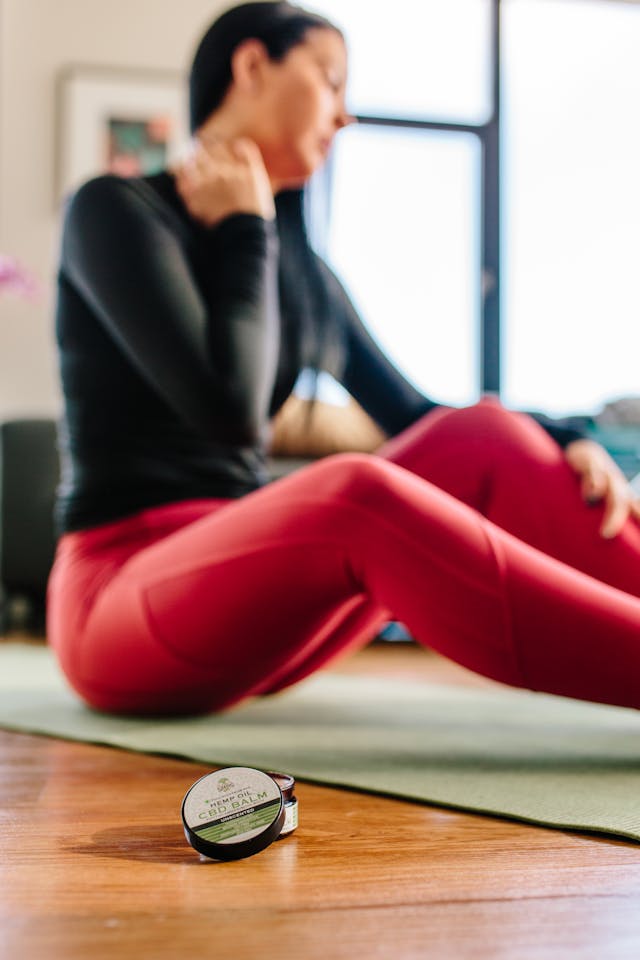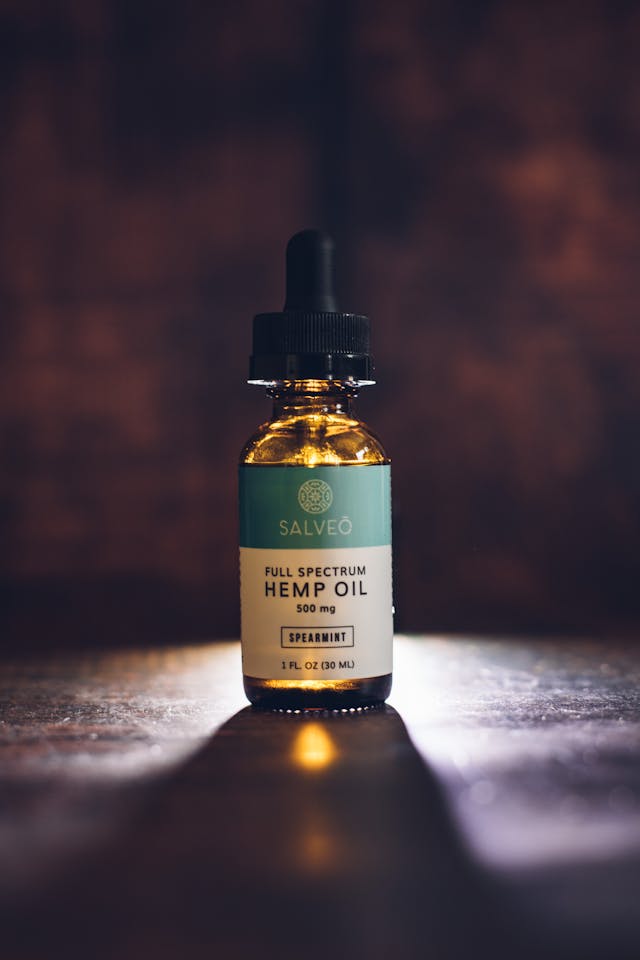 ActiveCare Physical Therapy, PC
ActiveCare Physical Therapy, PC
29 West 38th Street
Suite 601
New York, NY 10018

* We Accept Medicare | No Fault | Workers Comp *
CBD & CBG: How These Cannabinoids Help in Physical Therapy
 Let’s explore how the CBD and CBG Cannabinoids can help in physical therapy, including their potential benefits and applications. Cannabidiol (CBD) and Cannabigerol (CBG) are two non-psychoactive cannabinoids found in the cannabis plant that have gained popularity for their potential therapeutic benefits. While CBD is more well-known, CBG is emerging as a powerful compound with its own set of health benefits. Both cannabinoids are increasingly being integrated into physical therapy practices to enhance treatment outcomes.
Let’s explore how the CBD and CBG Cannabinoids can help in physical therapy, including their potential benefits and applications. Cannabidiol (CBD) and Cannabigerol (CBG) are two non-psychoactive cannabinoids found in the cannabis plant that have gained popularity for their potential therapeutic benefits. While CBD is more well-known, CBG is emerging as a powerful compound with its own set of health benefits. Both cannabinoids are increasingly being integrated into physical therapy practices to enhance treatment outcomes.
Understanding CBD and CBG
1. CBD (Cannabidiol)
CBD is a non-psychoactive cannabinoid that interacts with the endocannabinoid system (ECS) in the body, which plays a role in regulating various physiological processes, including pain, inflammation, and mood.
2. CBG (Cannabigerol)
CBG is another non-psychoactive cannabinoid that also interacts with the ECS. It is often referred to as the “mother of all cannabinoids” because it is the precursor to other cannabinoids, including CBD and THC.
Benefits of CBD and CBG in Physical Therapy
Integrating CBD and CBG into physical therapy can offer several potential benefits:
1. Pain Relief
Both CBD and CBG have analgesic properties that can help reduce pain. They interact with receptors in the ECS to modulate pain perception, making them valuable for managing acute and chronic pain conditions.
2. Anti-Inflammatory Effects
Inflammation is a common issue in many musculoskeletal conditions. CBD and CBG have anti-inflammatory properties that can help reduce inflammation, swelling, and discomfort, promoting faster recovery.
3. Muscle Relaxation
CBD and CBG can help relax tense muscles and reduce muscle spasms. This is particularly beneficial for patients with conditions like muscle strains, spasms, or tension-related discomfort.
4. Improved Sleep
Quality sleep is essential for recovery and overall well-being. CBD, in particular, has been shown to improve sleep quality and duration, helping patients recover more effectively.
5. Anxiety and Stress Reduction
Physical therapy can sometimes be stressful for patients, especially when dealing with chronic pain or injury. CBD and CBG can help reduce anxiety and stress, promoting a more relaxed and positive mindset during therapy sessions.
6. Enhanced Mobility and Function
By reducing pain and inflammation, CBD and CBG can help improve mobility and function, allowing patients to engage more fully in their physical therapy exercises and activities.
7. Neuroprotective Properties
Both CBD and CBG have shown neuroprotective effects, which can be beneficial for patients with neurological conditions undergoing physical therapy.
Applications of CBD and CBG in Physical Therapy
 There are various ways to incorporate CBD and CBG into physical therapy practices:
There are various ways to incorporate CBD and CBG into physical therapy practices:
1. Topical Applications
CBD and CBG-infused creams, balms, and salves can be applied directly to the affected area for targeted pain and inflammation relief.
2. Oral Supplements
CBD and CBG oils, capsules, and edibles can be taken orally to provide systemic benefits, such as pain relief, reduced inflammation, and improved sleep.
3. Inhalation
Inhalation methods, such as vaping, can provide rapid relief for acute pain and anxiety. However, it’s important to consult with a healthcare provider before using inhalation methods.
4. Combining with Physical Therapy Techniques
CBD and CBG can be used in conjunction with traditional physical therapy techniques, such as massage, stretching, and exercises, to enhance their effectiveness.
Can Cannabinoids Help in Physical Therapy? Conclusion
CBD and CBG are promising cannabinoids that offer a range of potential benefits for patients undergoing physical therapy. From pain relief and anti-inflammatory effects to improved sleep and reduced anxiety, these compounds can enhance the overall effectiveness of physical therapy treatments.
If you’re considering incorporating CBD or CBG into your physical therapy regimen, it’s important to consult with a healthcare professional to determine the best approach for your individual needs.
ActiveCare Physical Therapy™
Phone: (212) 777-4374
Email: staff@bestptnyc.com
